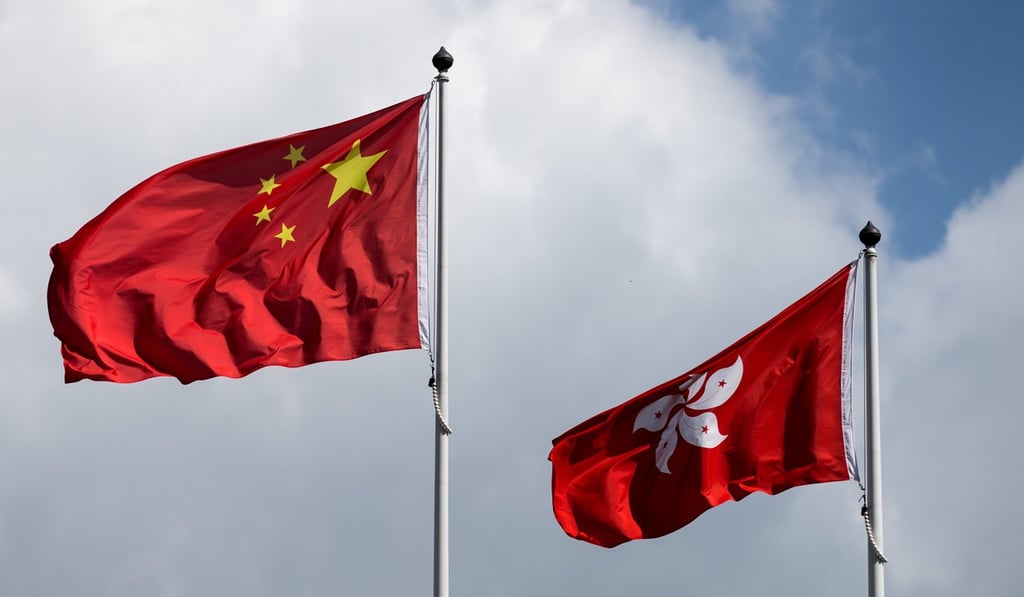Revamped think tank will drive policy innovation in Hong Kong
Carrie Lam outlines her plan to turn the Central Policy Unit into an outfit that coordinates efforts across different bureaus to serve a common goal – how to steer Hong Kong towards greater growth and development

‘Biggest challenge is to connect with young’ says Hong Kong leader Carrie Lam
The focus and priorities of the unit’s work have evolved over the past 30 years or so, to take account of the changing social and economic needs in society and the preference of the senior government leadership (the governor before Hong Kong’s return to the motherland, and the chief executive thereafter). The head of the unit is a position ranked at directorate pay scale point 8, and has been filled by a civil servant or a non-civil-servant at different times. The personal work styles of the different heads might also have a bearing on the characteristics of the unit.
Policy unit being put back in its place

My proposal to reorganise the unit is an integral part of this government’s commitment to innovation and action. As a chief executive determined to lead Hong Kong to new heights, I am keenly aware of the immense responsibilities on my shoulders. I also appreciate that we must be forward-looking and maintain a strategic perspective in our governance. With 37 years of experience in public service, I recognise the difficulties we may encounter when introducing new ways of thinking into the government system, and the importance of having the right support in our search for breakthroughs and in coordinating efforts to achieve change.
Bumper pay packets up for grabs at Carrie Lam’s new think tank as Hong Kong leader lures young talent
I am keenly aware of the immense responsibilities on my shoulders
The Central Policy Unit does not come under any policy bureau and reports directly to the chief executive. With appropriate reorganisation, it is best placed to take up this role. Moreover, with an annual funding of close to HK$120 million (including HK$30 million for public policy research), the unit should be able to make a more visible impact.